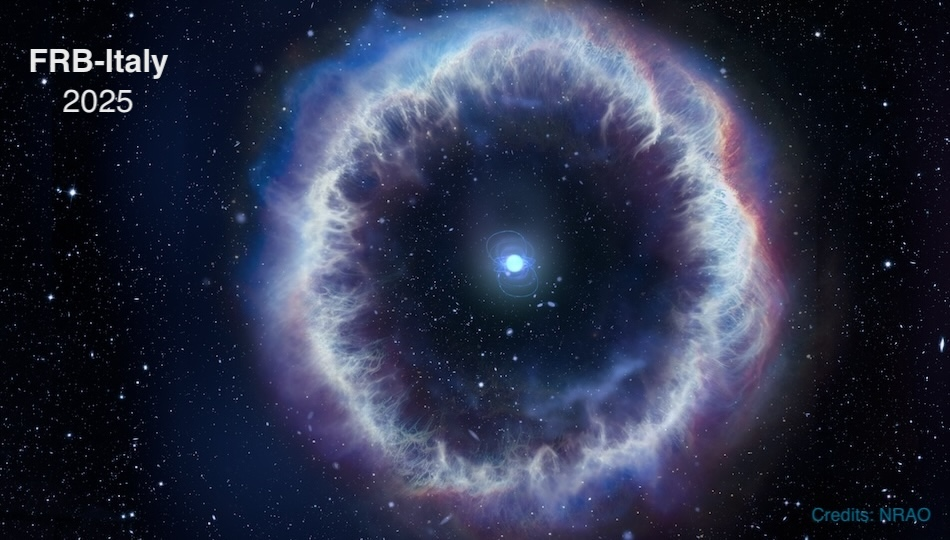The physical origin of Fast Radio Bursts (FRBs) is still unknown. Many models consider magnetars as possible FRB sources, supported by the observational association of FRBs with the galactic magnetar SGR 1935+2154. Magnetars are also thought to be the source of the power of a fraction of Gamma Ray Bursts (GRBs), opening the possibility that the two extreme phenomena have a common...
One of the most surprising Gamma Ray Burst (GRB) features discovered with the Swift X-ray telescope (XRT) is a plateau phase in the early X-ray afterglow lightcurves. These plateaus are observed in the majority of long GRBs, while their incidence in short GRBs is still uncertain due to their fainter X-ray afterglow luminosity with respect to long GRBs. An accurate estimate of the fraction of...
Fast Radio Bursts (FRBs) are a recently discovered class of GHz-band astrophysical transients with an unknown origin. Exploring their potential gamma-ray and gravitational wave (GW) counterparts is crucial for constraining their emission mechanisms. We present a search for GW signals from FRBs, focusing on the Galactic magnetar SGR 1935+2154, using the GEO600 detector, setting the strictest...
Neutron star (NS) mergers, detected via gravitational wave (GW) signals by LIGO and Virgo, create extreme magnetized environments, providing optimal conditions for coherent radio emission observable as a fast radio burst (FRB). The temporal and spatial coincidences between GW events and FRBs offer a unique opportunity to directly identify FRB progenitors, test models of magnetar formation, and...

